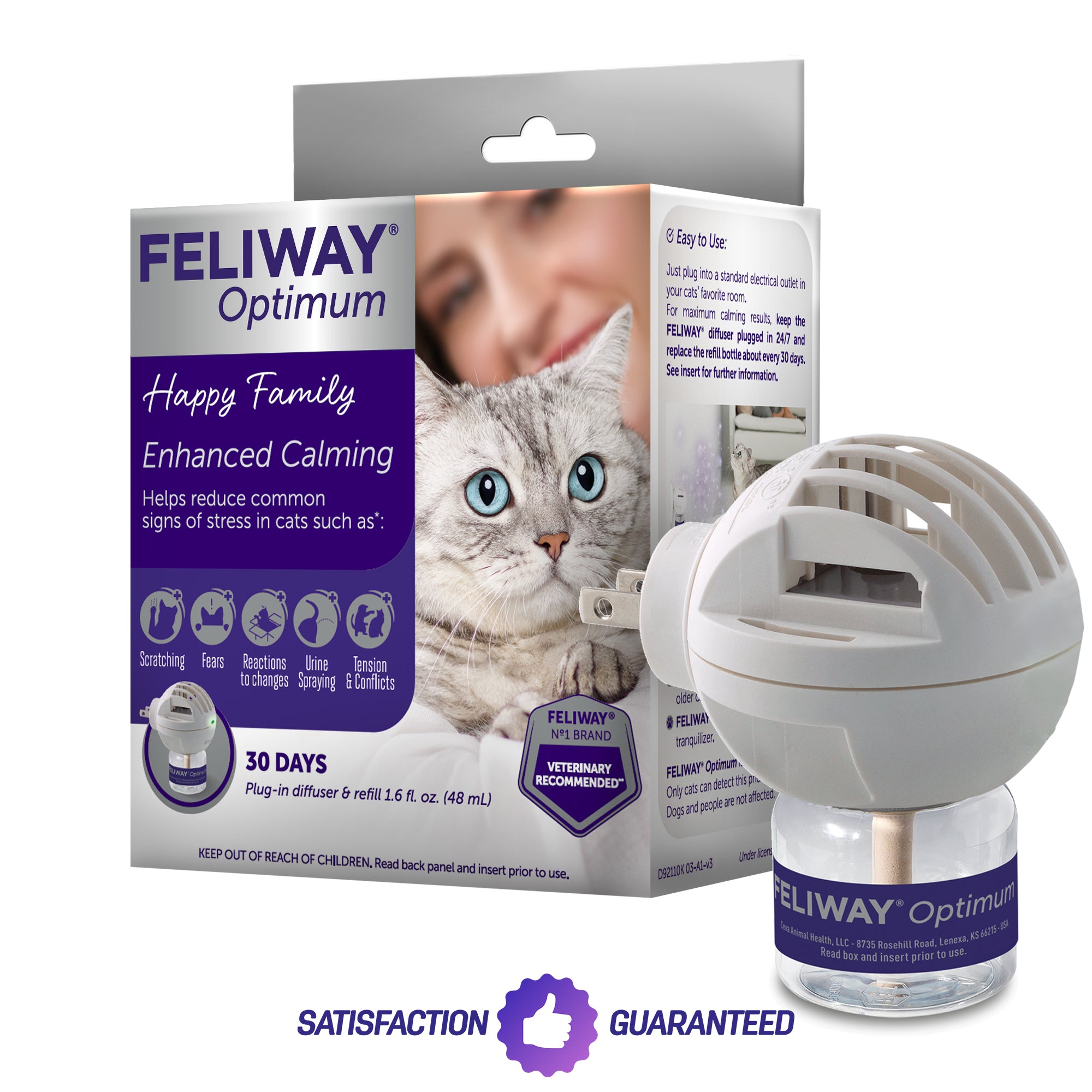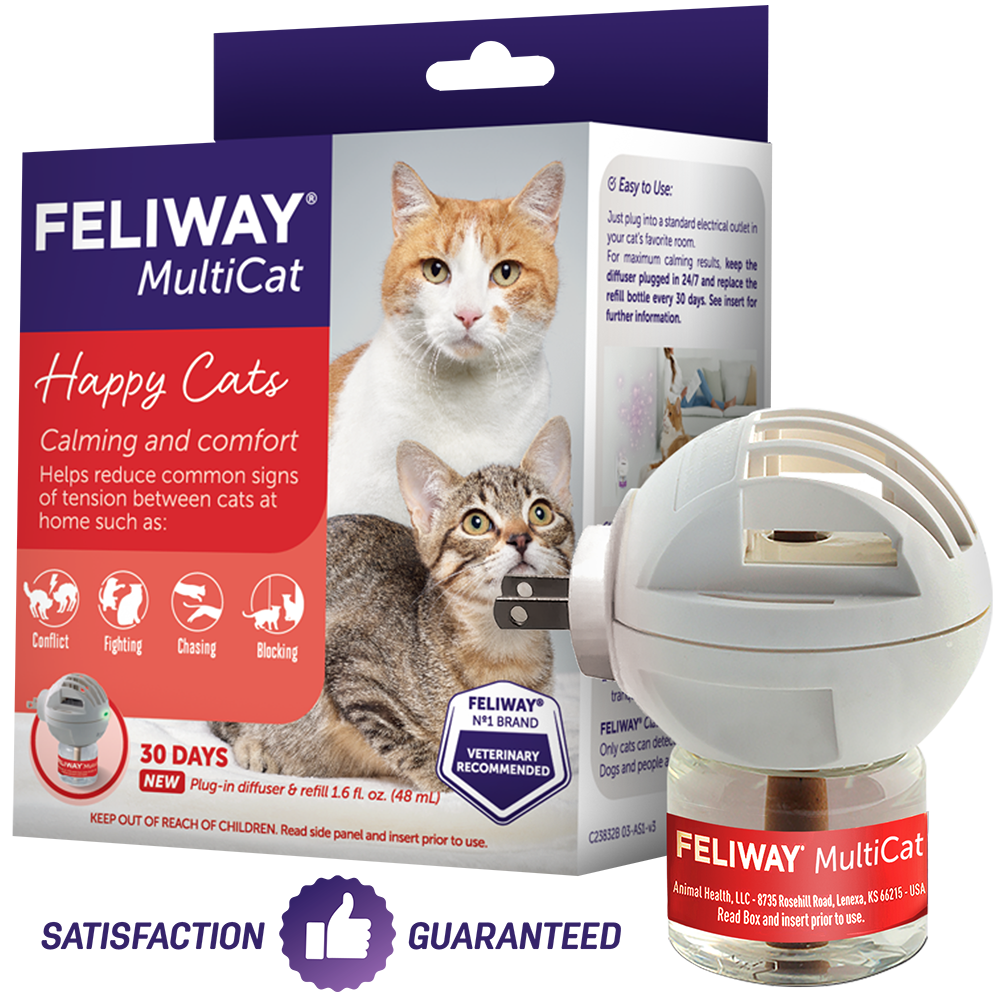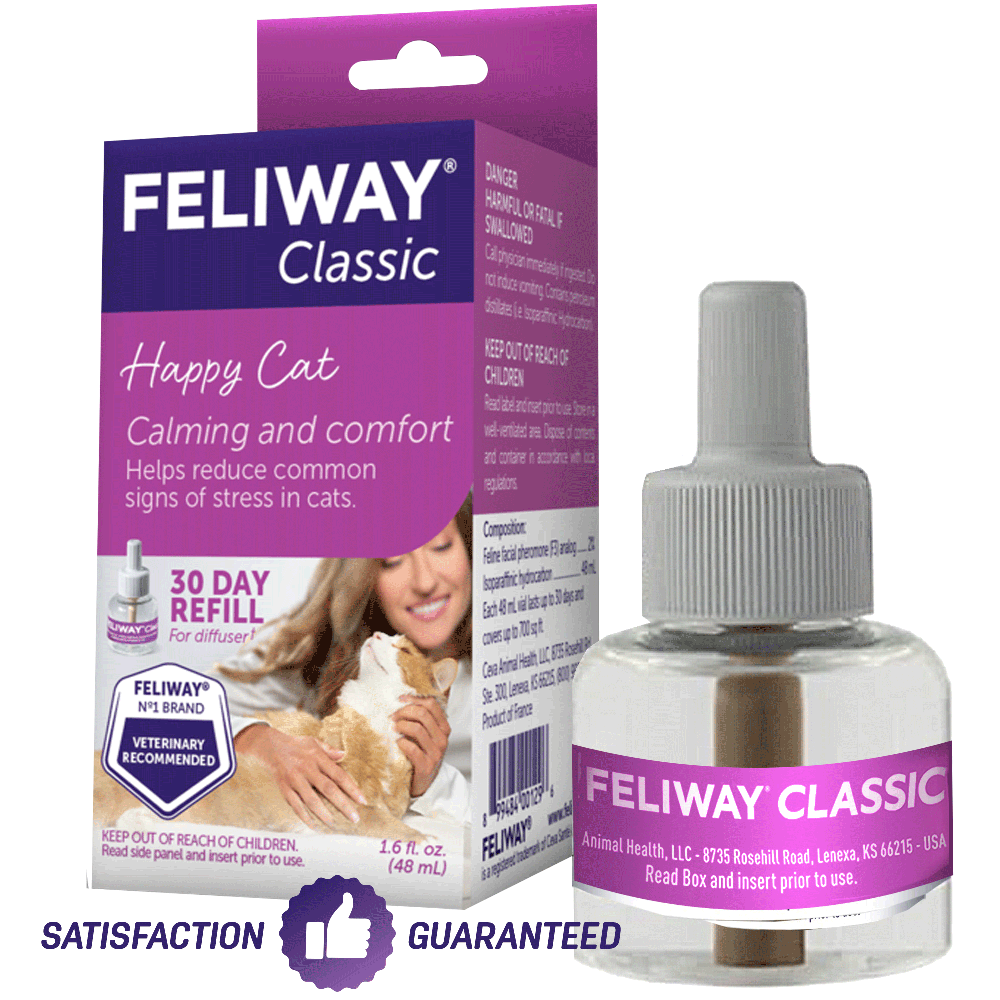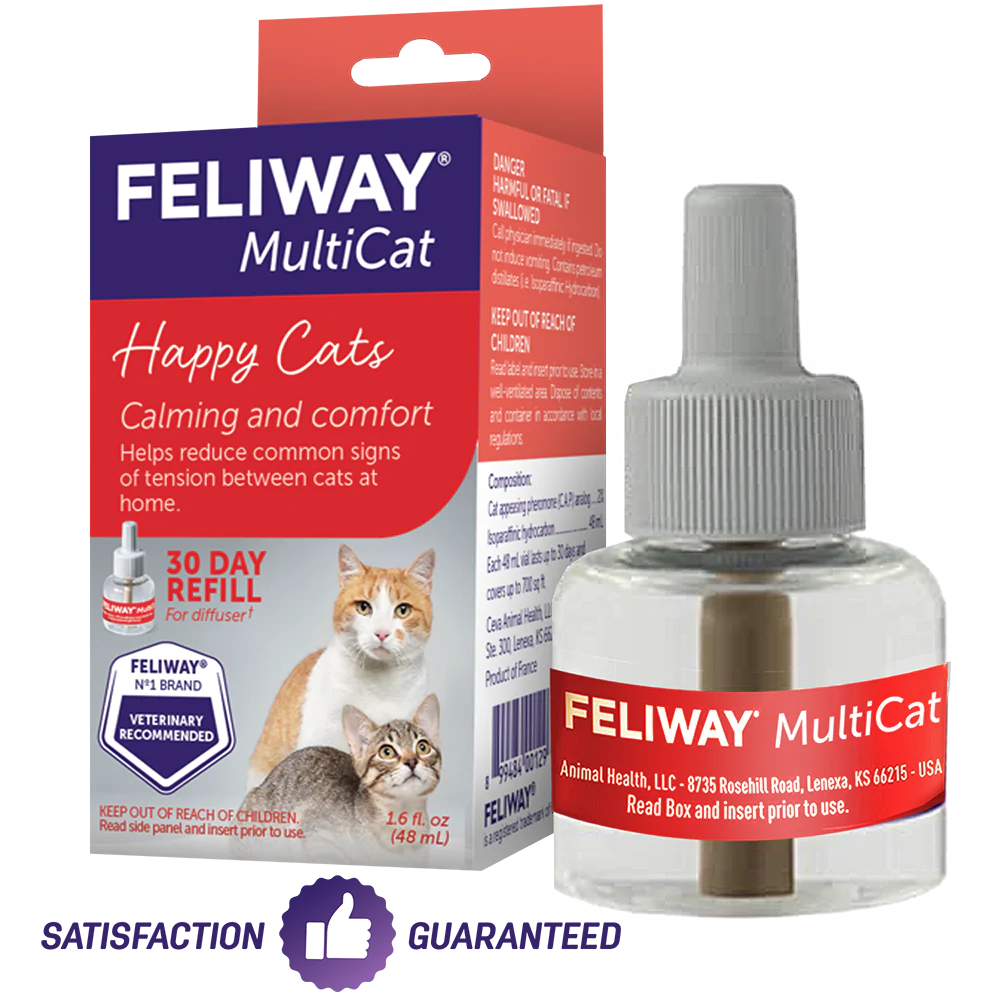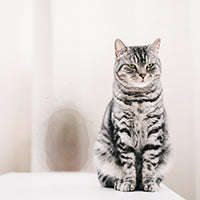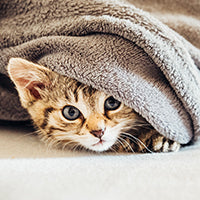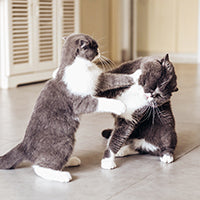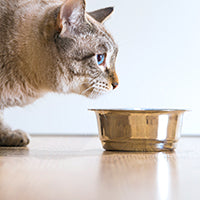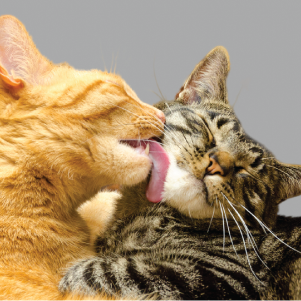
Solving Crimes with Cat Hair and Other Curious Qualities!
Loveable companions? Check. Professional nappers? Check. Intrepid fighters of organized crime? Err… check!
Cats are known for their many wonderful and illustrious qualities, but did you know that tackling criminals can be added to their grand list of achievements? Alright, maybe they won’t be toppling worldwide crime syndicates any time soon, but cat hair has proved useful in crime scenes nonetheless.
Of course, cat fur has an enormous range of fascinating features that we suspect most people have never heard about. So, there’s only one thing to do in such a situation. Settle in as we explore the intriguing world of cat fur and its unique qualities!
The Beauty of Cat Fur
Cats boast an array of coat types, ranging from the silky, short hair of the Siamese to the luxuriously long fur of the Ragdoll, and even the unique, curly fur of the Devon Rex. There are variations in density too, with breeds like the Siberian and Maine Coon boasting thick double coats, and even tufts on their ears and between their pads.

And how about appearance? Some breeds, like the mesmerizing Bengal, have coats that seem to glitter in the sun. Others, like the Sphynx, are hairless and have more of a ‘peach fuzz’, with the amount of fuzz varying between individuals.
Layers and Layers and Layers
The true wonder of a cat’s fur, however, isn’t just in how it looks. A coat of fur is actually a complex system that involves multiple layers, each serving a different purpose.
‘Guard hairs’ and ‘awn hairs’ make up a cat’s outer coat, offering protection against the elements and usually providing the basic color you associate with your cat’s fur. The guard hairs are often longer than the awn hairs but this will vary depending on the breed.
Beneath this is the undercoat, which provides that layer of essential insulation for helping cats to regulate their temperature. If a cat’s hair isn’t maintained and gets matted or tangled, it’s this layer of undercoat that is usually the culprit.
Interestingly, some breeds like Rex cats possess only the downy undercoat, while the Sphynx mentioned earlier just have a thin layer of fuzz.
The Science of Cat Fur Colors and Patterns
And we haven’t even gotten to coloring!
Cat fur colors and patterns are as varied as they are fascinating. With everything from solid colors to stripes, spots, and the unique tortoiseshell pattern, the range of possible variations almost seems endless.
Though we’re used to seeing coat colors such as brown, black, ginger, and even blue or lilac, most cat fur colors are actually variations of black and red, which then mutate into different shades. This includes rare and striking smoke coats, where the color is darker in the outercoat and lighter in the undercoat. That said, white fur is an exception to this rule!
Gender can also play a role in cat fur color. Orange or ginger cats are typically male, while tortoiseshell cats are predominantly female – though, again, there are always exceptions.
Unique Coat Qualities
We’ve touched on it already, but some cats like the Bengal breed have a ‘glitter’ effect, adding an enchanting glow to their appearance. Others, such as the Turkish Van, have double coats with water-repellent properties that make them more open to taking a dip than many other cat breeds.
More fascinating coat qualities include:
- Bombay Cats: This breed of cat is completely black – from their whiskers and nose right through to their pads.
- Maine Coon Cats: Very similar to Norwegian Forest cats, these gentle giants have a long, shaggy coat – linked to the cold regions the breed originates from – that comes in many different colors and patterns. Maine Coons are known for their large size and friendly personalities, making them popular family pets.
- Color-Point Cats: Including breeds such as the Siamese and Birman, these cats are born a light color, but as they grow older, their extremities – such as their face, ears, legs, and tail – become a darker color.
- Tortoiseshell Cats: These cats have a unique coat color that combines black, orange, and cream patches in a pattern similar to that of – you guessed it – a tortoiseshell. The exact mix of cat fur colors can vary from cat to cat, making each one truly unique.
- Tabby Cats: Not a specific breed, but rather a coat pattern that includes stripes, spots, or swirling patterns on the fur. There are four main types of tabby cat: classic (swirls), mackerel (stripes), spotted (spots), and ticked (small stripes or flecks).

Maintenance: A Full-Time Job
Cats are notorious for their meticulous grooming habits, spending about 30-50% of their day caring for their coat. This not only keeps them clean but also aids in temperature regulation and stimulates blood flow. On this note, cats don’t need to be shaved in summer to keep cool – their coat does this naturally.
That being said, a question we’re often asked is how long does cat fur take to grow back? Well, if a cat’s fur does need to be shaved – such as for surgery – the time it takes to fully replenish will generally vary. For short-haired cat fur, it can take just a few weeks to 3 months. For a long-haired cat, this might need anywhere between four to six months, or even longer, for a full regrowth.
Cats can occasionally overgroom which might lead to the appearance of hair loss. This could be brought on by a number of causes, including feeling unwell, stress, or boredom.
You can find more information about overgrooming in cats in our dedicated guide, but if you do notice this behavior, it’s best to consult with your vet. They’ll be able to rule out any medical causes and put forward an appropriate plan of action. If you suspect your cat is feeling stressed, FELIWAY® Optimum could be a great starting point for creating a relaxed, comfortable environment at home.
Cat Fur in Forensic Science
Now, let’s be honest, this is the section of the blog you’ve been waiting for. How does cat fur fight crime?
Well, in an astonishing leap from the grooming brush to the science lab, cat hair has recently found its place under the magnifying glass. Researchers at the University of Leicester discovered that a single cat hair can contain more than enough DNA to link a suspect to a crime scene or victim. With over 11 million cats in the UK and 24% of adults having a cat, that’s a lot of cat hair in the environment to transfer onto you and your clothing . . .
Criminals, you’ve been warned. Our furry friends may just sus you out!
Are you interested in learning more about cats and their curious qualities? Get in touch! We could talk about our feline friends all day. You can also stay up to date with all the latest updates from FELIWAY® by signing up to our newsletter.